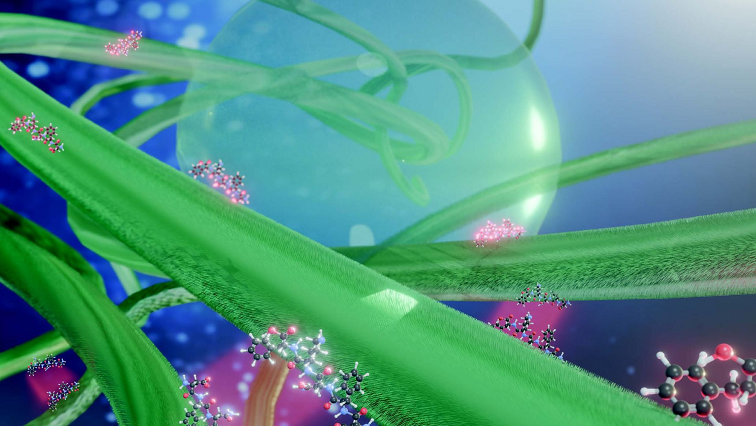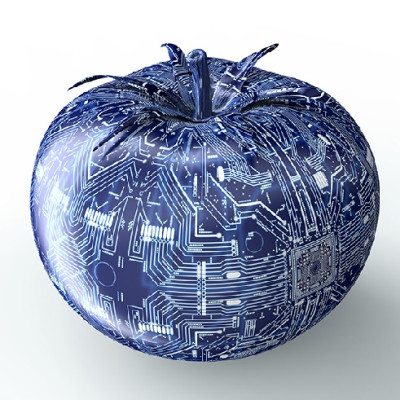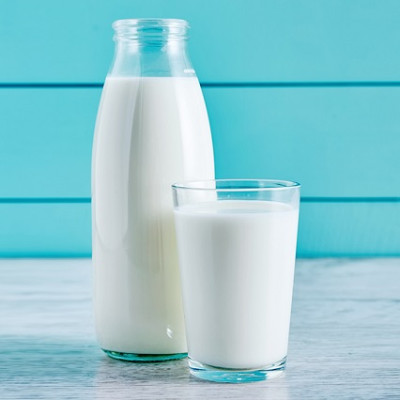The study has just featured on the cover of the Journal of Materials Chemistry B. The work was carried out by researchers from the "Giulio Natta" Department of Chemistry, Materials and Chemical Engineering at the Politecnico di Milano, in collaboration with Aalto University, the VTT-Technical Research Centre in Finland and the SCITEC Institute of the CNR.
Cellulose nanofibres (CNFs) are natural fibres derived from cellulose - a renewable and biodegradable source - and are well known for their strength and versatility. In the study, the researchers from the SupraBioNanoLab of the "Giulio Natta" Department of the Politecnico di Milano showed how it is possible to greatly improve the properties of cellulose nanofibres without chemically modifying them, instead adding small proteins known as peptides.
"Our supramolecular approach involved adding small sequences of peptides, which bind onto the nanofibers and so improve their mechanical performance and water-resistance," said Elisa Marelli, co-author of the study, explaining the methodology. "The results of the study showed that even minimal quantities of peptides (less than 0.1%) can significantly increase the mechanical properties of the hybrid materials produced, giving them greater resistance to stress."
Finally, the researchers assessed the impact of adding fluorine atoms in the peptide sequences. This made it possible to create a structured hydrophobic film on the material, providing even greater water resistance while still preserving its biocompatible and sustainable characteristics.
As Pierangelo Metrangolo, co-author of the study, pointed out, "This advance opens up new opportunities for creating biomaterials that can compete with petroleum-derived materials in terms of performance, achieving the same quality and efficiency while reducing environmental impact. These hybrid materials are very suitable for sustainable packaging, where resistance to moisture is vital, and also for use in biomedical devices, thanks to their biocompatibility."
Read the original article on Polytechnic University of Milan.







